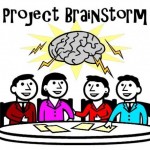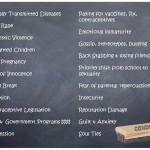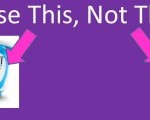
Lately I’ve seen a lot of really innovative projects made out of old sweaters, especially on Pinterest. This got me thinking about what a great project this would be for my students to practice the concept of recycling or repurposing materials. So I visited my local thrift store and lucky for me they had a clearance rack of clothing, much of it old wool sweaters. I gathered as many as I could find into my cart and headed for the check out. The possibilities that could be made with all of these sweaters were endless! I couldn’t wait to challenge my students and see how creative they could be and teach them to recycle/repurpose as well as teach basic sewing skills at the same time.









